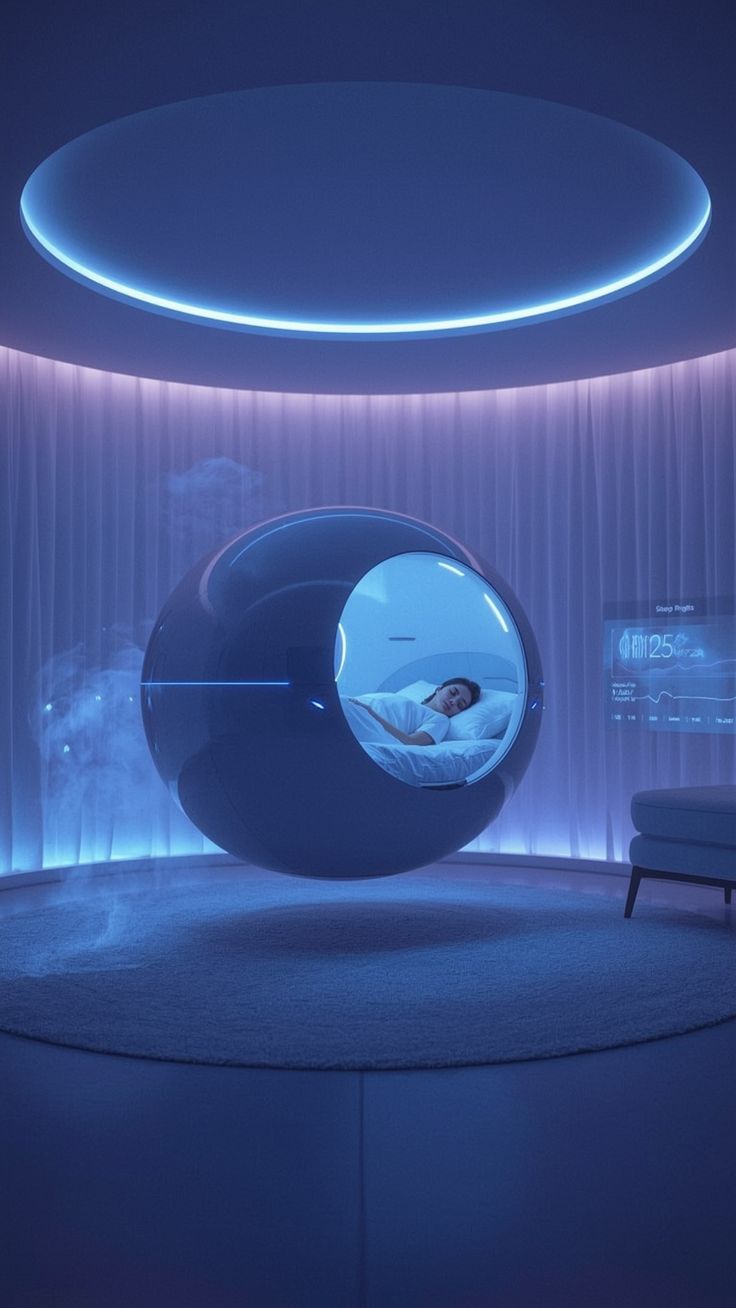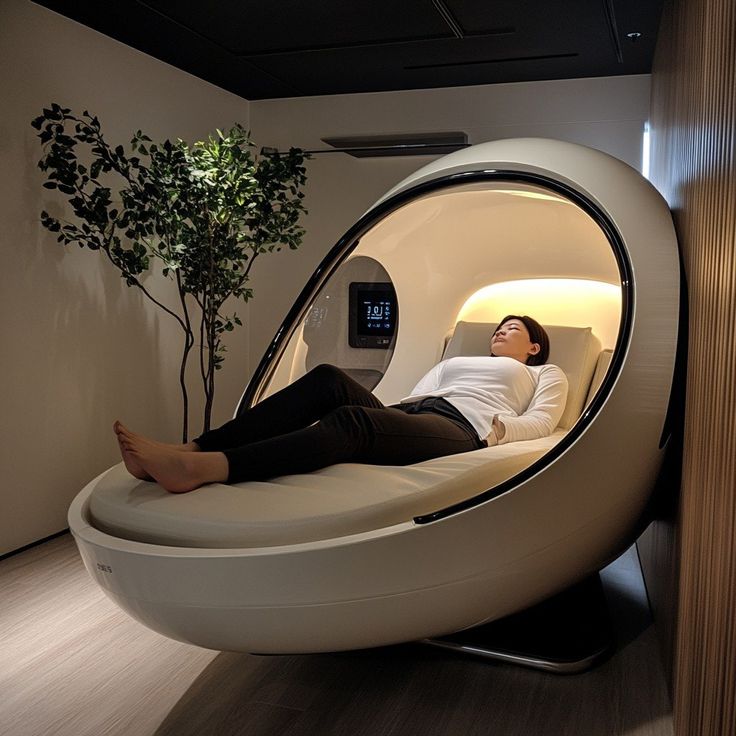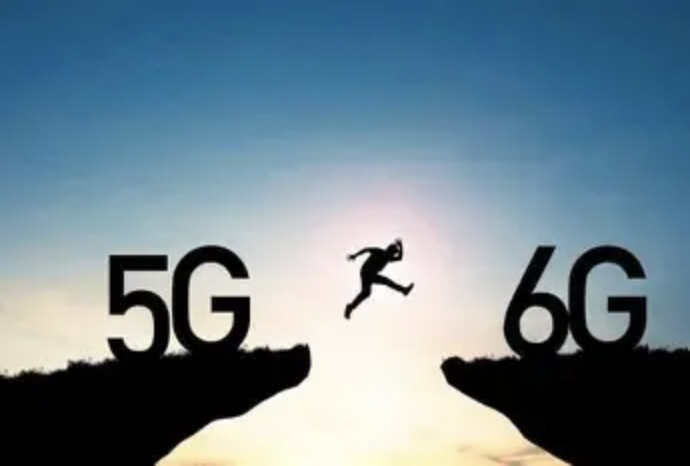Deep Sleeping Cabin: Night Shelter in the Digital Age
In the city lights at night, the most natural ability of human beings, a good sleep, has become a luxury. Staying up late, working overtime, brushing the screen until the early hours of the morning, tossing and turning with anxiety, insomnia has almost become the normal state of modern life. As a result, a term that sounds futuristic is quietly becoming popular, the "deep sleeping cabin". It is not a bedroom in the traditional sense, but an all-round sleep system integrating digital health technology, acousto-optic control and physiological data feedback, trying to make human beings regain their deep sleep.

The core of a deep sleeping cabin is not luxurious beds or soft bedding, but "systematization". It is like an "intelligent shelter" for sleeping, which can automatically adjust the temperature, humidity, air flow and light color according to the user's state, even simulate the night breeze and insect sound in the forest before going to sleep, and wake up gently with the gradually bright "sunrise" light when waking up. The traditional bedroom is more like a static space, while the deep sleeping cabin is a dynamic biological rhythm cabin, and its mission is to make every time you close your eyes a journey of deep repair.
Surprisingly, this kind of sleep system is not just a toy for high-tech lovers, but more like a pioneer of a "digital health revolution". Medical research shows that the deep sleep stage is the key time for the brain to clean up metabolites, consolidate memory and repair nerves, but most modern people are seriously short of deep sleep time. The deep sleeping cabin monitors brain waves and heart rate in real time through wearable sensors and environmental feedback system, and then automatically adjusts the cabin parameters. This means that it no longer relies on the user's self-feeling to "try to sleep", but accurately designs an individualized optimal sleeping environment through a data-driven way.

On the boundary of imagination, the deep sleeping cabin even seems to exist between the bedroom and the medical cabin. It is reminiscent of the scene in science fiction movies where astronauts enter the hibernation cabin and wait for the completion of interstellar navigation. Perhaps this is not an exaggeration: when space exploration and polar scientific research have an urgent need for long-term quality sleep, the concept of deep sleep cabin is likely to become part of the future "human maintenance infrastructure." Night repair is not only a rest, but also a guarantee of physical performance and mental toughness.
Of course, the voice of doubt is not absent. Some people worry that giving sleep to a "digital cabin" means that human beings are further "taken over" by technology? When sound, light and air are all determined by algorithms, will our bodies habitually lose self-regulation? This kind of ambivalence is the most worth discussing in the deep sleeping cabin. It is not only a prescription of science and technology, but also a reconstruction of natural sleep.

Undeniably, however, the appearance of the deep sleep cabin makes people realize again that sleep is not only a "rest", but also a physiological core process that needs to be scientifically designed and guarded. In the era of information explosion and pressure, human beings finally began to treat sleep with the same seriousness, just like diet, exercise and mental health.
Perhaps in the future, the night will not just turn off the lights, but enter a small cabin and say goodbye to the world for eight hours. What the cabin carries is not only a comfortable sleep, but also a sense of night shelter in the digital age: in the world where everything is connected, at least in this cabin, we can still sleep peacefully.
(Writer:Ciki)



